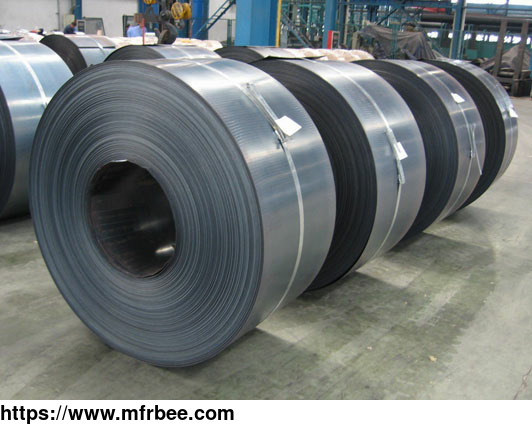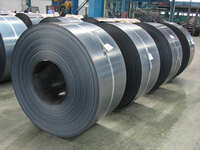Cold Rolled Steel Strip
Product Quick Detail
- Minimum Order
- 1
- Packaging
- N/A
- Delivery
- 15 Days
Specifications
- Country: China (Mainland)
- Business Type: Manufacturer
- Market:
- Founded Year:2013
- Address:6301, 63rd Floor, Shanghai Tower, Lujiazui Financial And Trade Zone, Shanghai, China
- Contact:huaro shanghai
Other products from Huaruo (Shanghai) Industrial Co., Ltd.
Relate products of Cold Rolled Steel Strip
Product Name: Nickel Alloy Coil, Nickel Alloy Strip, Stainless Steel Coil, Stainless Steel Strip Standard: GB, AISI, ASTM, DIN, EN, JIS Process: Hot Rolled, Cold Rolled Size: Can Be Customized Surface Treatment: NO.1, 2B, NO.4, BA, HL, Mirror Inspection: TUV, BV, ABS, LR etc. ...
Metech Welded Mesh Inc. excels in designing, manufacturing, and exporting high-quality stainless steel welded wire mesh. We offer a versatile array of types and specifications to ensure reliability for any project size. Recognizing the unique demands of each project, we provide ...
planning. Logistics trolley are foldable feature, which can save more storing space. The goods stored in a transport roller container are displayed well organized and in order. For a convenient and easy movement of goods within the warehouse, we here bring the perfect roll ...














